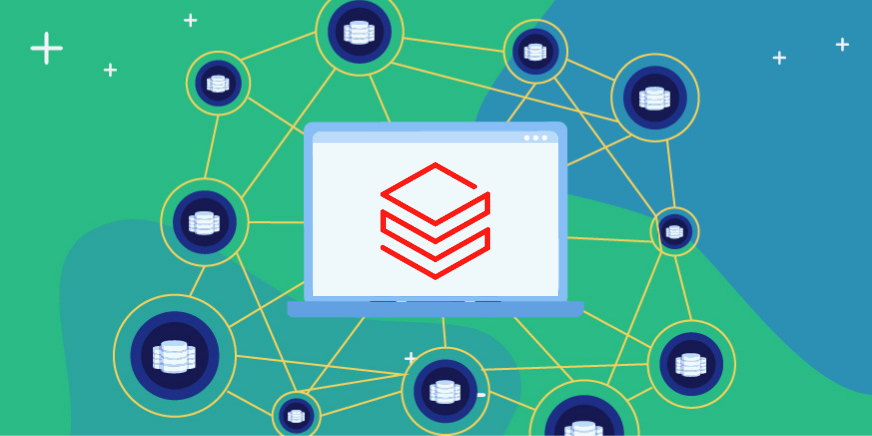HIPAA (Health Insurance Portability and Accountability Act) regulations are designed to protect the privacy and security of patients’ healthcare information. Ensuring HIPAA compliance is complex and costly for organizations involved with electronic healthcare information (e-PHI).
In this blog post, we identify the main HIPAA regulations and some of the challenges that covered organizations face to remain HIPAA compliant.
HIPAA Regulations
HIPAA regulations are designed to protect the privacy and security of patient health information. These requirements apply to covered entities: which include healthcare providers, health plans, and healthcare clearinghouses.
Let’s outline some of the key HIPAA requirements:
- Privacy rule: Sets the national standards for the protection of patient health information. It requires covered entities to implement policies and procedures to protect patient health information from unauthorized access, use, and disclosure.
- Security rule: Sets the national standards for the security of patient health information that is stored or transmitted electronically (e-PHI). It requires covered entities to implement administrative, physical, and technical safeguards to protect patient health information’s confidentiality, integrity, and availability.
- Breach notification rule: Requires covered entities to notify patients and the Department of Health and Human Services (HHS) in the event of a breach of unsecured patient health information. Covered entities also need to conduct a risk assessment to determine the likelihood of harm to the individual whose information was breached.
- Business associate agreements: HIPAA requires covered entities to have business associate agreements in place with vendors or contractors with access to patient health information. The business associate agreement outlines how the vendor or contractor will protect patient health information and comply with HIPAA regulations.
- Patient rights: HIPAA grants patients certain rights with respect to their health information, including the right to access and obtain a copy of their health information, request corrections to their health information, and receive an accounting of disclosures of their health information.
- Training and awareness: HIPAA requires covered entities to train their workforce on HIPAA regulations and how to protect patient health information. Covered entities also need to have regular awareness campaigns to reinforce the importance of patient privacy and security.
Data-driven organizations that comply with HIPAA regulations can protect patient privacy and ensure the security of patient health information, while also building trust with patients and partners.
It is necessary to ensure patient privacy and security however, this protection comes at a cost and is not as simple as it may appear. Many organizations struggle to ensure that they can identify and remain compliant with HIPAA.
The Struggle for HIPAA Compliance
The main problems associated with meeting HIPAA are the complex labyrinth of regulations that result in declining productivity and higher costs.
Complex Regulations
HIPAA regulations are complex, evolving and can be difficult to understand. Even if you do understand the legal and technical aspects you may not have the technical ability or opportunity to actually implement these controls.
To remain compliant, organizations need to implement a number of policies and requirements including security policies, access requirements, dynamic masking, and other necessary measures to ensure e-PHI is secured.
While security and compliance teams understand the need to implement these measures they may not have access to do so. Data engineering and DevOps teams often closely guard the databases, data warehouses, or data lakes. The data engineers are unlikely to allow security and compliance teams access to their data stores. Even if security and compliance teams gain access they may not have the technical expertise to implement these measures across multiple data stores.
Reduced Productivity
The wide range of controls necessary to remain compliant can reduce productivity. Most organizations still rely on manual access to data processes, when coupled with complex regulations requiring the searching of sensitive e-PHI data, across different data stores, all of which are stored differently. The ability to apply security policies and ensure that sensitive data is appropriately masked and accessed requires a tremendous amount of engineering effort. Read all about this problem in Access Control: The Dementor of Data Engineering.
The reliance on manual access to data requires the significant usage of data engineering teams preventing them from working on other productive projects.
For the data consumers, the reliance on manual access to data means that they have to wait days, weeks, or even months to gain access to data severely reducing the time-to-value of their analysis.
Higher Costs
HIPAA compliance results in a large number of costs these can include both tangible and intangible costs. We highlight some of the main HIPAA compliance costs.
| Tangible Costs | Description of Costs |
|---|---|
| Training & Education | Train staff on HIPAA & protecting e-PHI Hire trainers, create training materials, and allocate time for staff to attend training sessions |
| Technical Safeguards | Encryption, access controls, backup & recovery systems New hardware & software, upgrade existing systems Hire data engineers to implement & manage these systems |
| Physical Safeguards | Locked filing cabinets Restricted access to data |
| Associate Agreements | Third-party vendors that have access to PHI |
| Risk Assessment & Management | Conduct a risk assessment Develop a risk management plan |
| Documentation | Maintain detailed documentation of HIPAA compliance activities and policies |
| Auditing & Monitoring | Monitor compliance and regularly audit policies and procedures |
| Legal Fees | Fees for drafting business associate agreements and other documents |
| Intangible Costs | Description of Costs |
|---|---|
| Reputation Damage | Data breach or HIPAA violation - reputation damage, lost business and trust from patients and partners |
| Staff Morale | Restrictive and burdensome policies & procedures Lower morale and job satisfaction among employee |
| Opportunity Costs | Limit the use and disclosure of patient health information reducing research or marketing their services. |
| Increased Stress & Anxiety | Stressed about making mistakes or unintentionally violating HIPAA regulations |
| Reduced Innovation | Hesitant to adopt new technologies or processes due to HIPAA compliance concerns |
While the intangible costs do not have a direct financial impact, these effects are not costless. The costs and burdens associated with HIPAA compliance are high and range from training to monitoring & auditing. Together these costs increase the number and quantity of DevOps and data engineering and security engineering hours required to implement and monitor compliance, increasing organizational costs.
Why Focus on Securing e-PHI Data?
Organizations have many competing projects and must decide where and how to spend their scarce resources. Protecting e-PHI data and ensuring compliance with the technical safeguards are one of the many areas where an organization can spend its time and resources.
Protecting e-PHI data is a critical action for several reasons.
- Providing quick and easy accessibility to this information is important for healthcare professionals to deliver necessary care and improve healthcare outcomes.
- There are significant costs associated with failing to meet the Technical Safeguards and adequately protect e-PHI data. The IBM Cost of a Data Breach Report found that for the 12th year in a row, the average cost of a data breach is higher in healthcare than for any other industry; this figure is estimated at an average cost of $10 million USD.
Securing and automating access to sensitive e-PHI data is a necessary but onerous task for covered organizations.
How Satori Helps Organizations Secure e-PHI
Satori’s Data Security Platform helps organizations to secure e-PHI and meet HIPAA’s Technical Safeguards. Relying on Satori to ensure that your e-PHI data is secure and access to this information is automated frees up your organizational resources to pursue alternative productive and value-generating projects.
Satori provides several measures that enable your organization to implement the necessary technical safeguards to protect electronic healthcare information (e-PHI). These include secure and automated access to data, fine-grained access controls, continuously discovering and classifying sensitive data, dynamic masking, auditing and monitoring, and easily applying security policies across diverse databases, data warehouses and data lakes.
The ability to quickly and easily comply with HIPAA results in improved productivity and reduced cost savings. To learn more about how Satori can help you meet HIPAA requirements book a demo with one of our experts.




